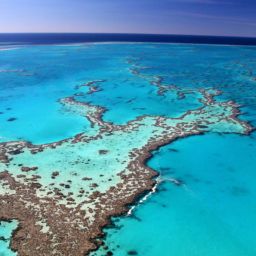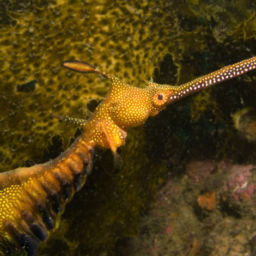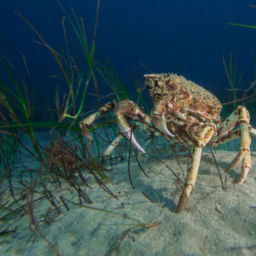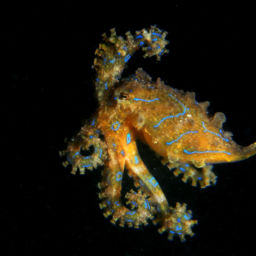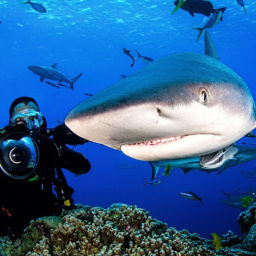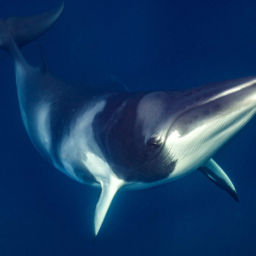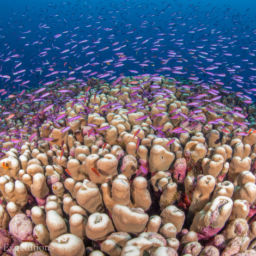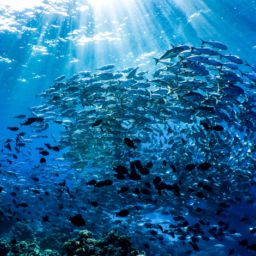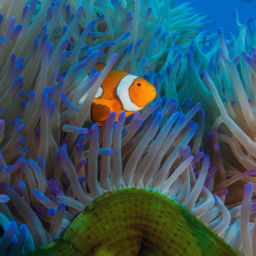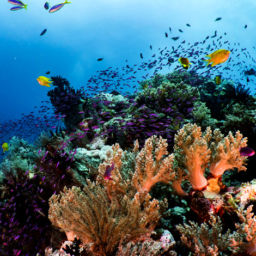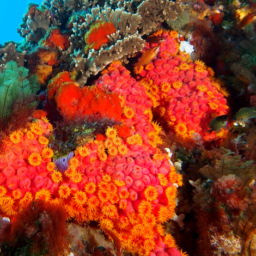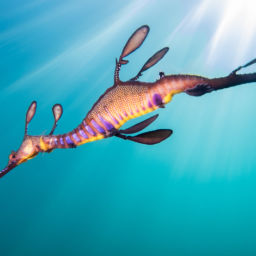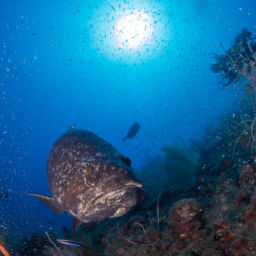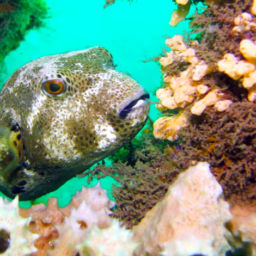Until recently, Queensland’s Hervey Bay was known mainly as a whale-watching destination. However, the addition of a new wreck, the ex-HMAS Tobruk, has provided divers with another great reason to explore this stretch of the southern Great Barrier Reef.
The ex-HMAS Tobruk is a 417-foot (127 m) navy vessel that was in operation for 34 years. In that time, it made the equivalent of 40 trips around the world on 26 major missions to destinations such as the Middle East, Fiji and the Solomon Islands. Decommissioned in 2015, the Tobruk was scuttled in Hervey Bay, 15 nautical miles off the coast of Bundaberg, in 2018.
Scuttling the Tobruk
As I descend the mooring line to Australia’s newest wreck, the first sight of it takes my breath away. It’s massive. Of course, we’d been told the wreck’s history and statistics in our dive briefing, but seriously, it is hard to imagine what a wreck of this size actually looks like before it emerges into view underwater.
The second thing I notice as I scan the wreck is the marine life it has attracted in such a short time. As we approach, we see a large school of batfish hovering under the top deck balustrade and several schools of fusiliers and juvenile snappers buzz by.
The wreck was the subject of some controversy when it was scuttled, with the operation not quite going to plan. Because the ship was scuttled during the humpback-whale migration, the engineers used hydraulic pumps to scuttle it instead of explosives. During the process, the pumps failed on one side of the vessel, causing the Tobruk to tip over onto its side.
Although the sinking didn’t go according to plan, the boat’s unintended position on the ocean floor now adds to the dive experience. The ship rests 100 feet (30 m) below the ocean’s surface, but its portside hangs in just 39 feet (12 m) of water, allowing open-water divers access to the shipwreck. Advanced divers can descend a little deeper and access the wreck itself.
When in service, HMAS Tobruk could carry three helicopters, 18 leopard tanks, 40 armored personnel carriers, up to 520 soldiers, and 130 personnel. The vehicles rolled on and off the boat through a large set of doors into a cavernous space that now provides an exciting opportunity for underwater exploration.
Diving the Tobruk
We dive with Lady Musgrave Experience, an operator based in Bundaberg, which also offers full-day trips to the spectacular Lady Musgrave Island. After a one-hour journey aboard a fast catamaran, we arrive at the Tobruk‘s final resting place. It’s mid-winter and the water is around 70 F (21 C) and relatively clear, especially considering it’s been raining heavily for the past several days. Visibility is around 33 to 50 feet (10 to 15 m)
There are several mooring lines along the length of the wreck, marking the bow, stern and mid-ships. Each has a guide rope that sits at about 16 feet (5 m) and descends to meet the top of the wreck at about 42 feet (13 m). We enter roughly mid-ships, and as we continue down the line, the hulking shape of the wreck appears from the murky deep.
The skeleton of the Tobruk provides the perfect foundation for a coral reef to grow, while the depth of the wreck means that divers can spot bigger marine life swimming past.
After an hour’s surface interval, it’s time for our second dive to explore the inside of the wreck. A green turtle, affectionately named Brookie by the team from Lady Musgrave Experience, now calls the Tobruk home. Brookie often approaches divers, swimming right up and rubbing her shell along their wetsuits. Before heading inside, we spot Brookie resting in a nook on the top deck of the ship.
Inside the hull, darkness envelops us and our torches light up rusting signage and a silt-covered floor, giving the swim through the ship a slightly eerie feel. The water appears bright blue through the large openings to the interior of the Tobruk, like light streaming through cathedral windows. We end the dive on the top deck, with schools of fish darting around in the current and another sea turtle leisurely swimming past.
Making it happen
The ex-HMAS Tobruk will challenge and excite both casual divers and those with a lust for rust. Bundaberg and Hervey Bay are both great jump-off points for nearby Lady Elliot Island and Lady Musgrave Island, two exquisite cays on the southern Great Barrier Reef, famous for their coral reefs and their resident populations of turtles and manta rays.
Both Bundaberg and Hervey Bay are an easy 3 to 4-hour drive north of Brisbane. From interstate and overseas, both towns also have airports with a regular service from both Brisbane and Sydney on Virgin Australia and Qantas.
There are four dive operators who hold permits to access the ex-HMAS Tobruk and each offer a standard package of two dives over a total trip time of five to six hours. In Bundaberg, Tobruk/Lady Musgrave Experience and Bundaberg Aqua Scuba and in Hervey Bay, Hervey Bay Dive Centre and Tobruk Dive Centre Hervey Bay offer trips.









